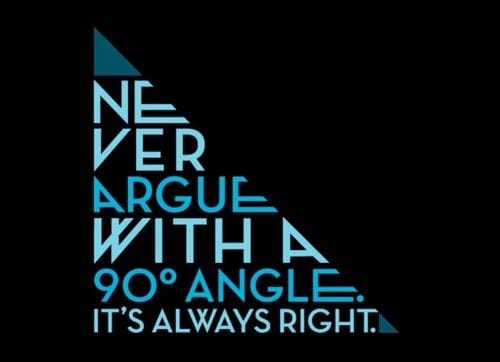Trigonometry is one of the crucial fields of mathematics. For a long time, it has been included in the math subject, and it has played an important role not only in solving mathematical problems but also has played a crucial role in deriving derivations in physics and chemistry. It is a topic that not only requires a lot of practice but also a deep understanding of it is necessary to be good in trigonometry.
Just like trigonometry, another topic of great importance is the unit circle. We are talking about unit circles here because it is related to trigonometry. In this article, we will discuss what exactly a unit circle is and also discuss trigonometry in detail.
Circle
We all are familiar with this shape. It is a two-dimensional shape and is easily found everywhere. Circle has two of the most important properties related to them and they are the area and circumference of it.
Both these properties have one thing in common, and that is, to find any of them we need to have the value of either the radius or the diameter of the circle. The diameter of a circle can be defined as the longest distance possible between any two points, lying opposite to each other on the circle. In simple words, one can say that it is the longest chord in a circle. Radius is nothing but half the value of diameter.
Unit circle
From the name itself we can conclude that in a unit circle something has a value of unity or one, and it is nothing else but the radius of the circle. A circle having a radius equal to one is referred to as a unit circle. The diameter of a unit circle will be equal to the value of radius one. Unit circles play a huge role in deriving standard angle values of trigonometric ratios. Students need to learn this concept of circle and unit circle to easily tackle problems related to them.
Trigonometry
In this branch of mathematics students are made to study the relationship between the ratios of the various sides of a right-angled triangle and its angles. The ratios that we study in trigonometry are known as trigonometry ratios, and they are a total of six in numbers. They are called sine, cosine, tangent, cosecant, secant, and cotangent.
These trigonometric ratios are of great importance, and every student should be familiar with the ratio they represent. The sine of a right-angled triangle is given by the ratio of perpendicular of the triangle to the hypotenuse of the same triangle. Similarly, the other ratio, cosine, represents the ratio of base to the hypotenuse and the tangent of a right-angled triangle is given by the ratio of perpendicular to that of the base of the triangle.
One might think that we have discussed only three ratios and left the other three but that’s not true. The other three trigonometric ratios can be calculated from the above-mentioned ratios. For example, cosecant is equal to the reciprocal of sine, secant is reciprocal of cosec and at last, the cotangent of a right-angled triangle is given by the reciprocal of the tangent. In this way, one can easily calculate all the six ratios of trigonometry.
In the above article, we have discussed two of the highly studied topics: unit circle and trigonometry in detail. Students should try to practice them as much as they can and try to have a good knowledge of them as they are the basic concepts and will be very useful in higher education. Cuemath is an online platform where students can take help to understand math-related topics.



Comments are closed.